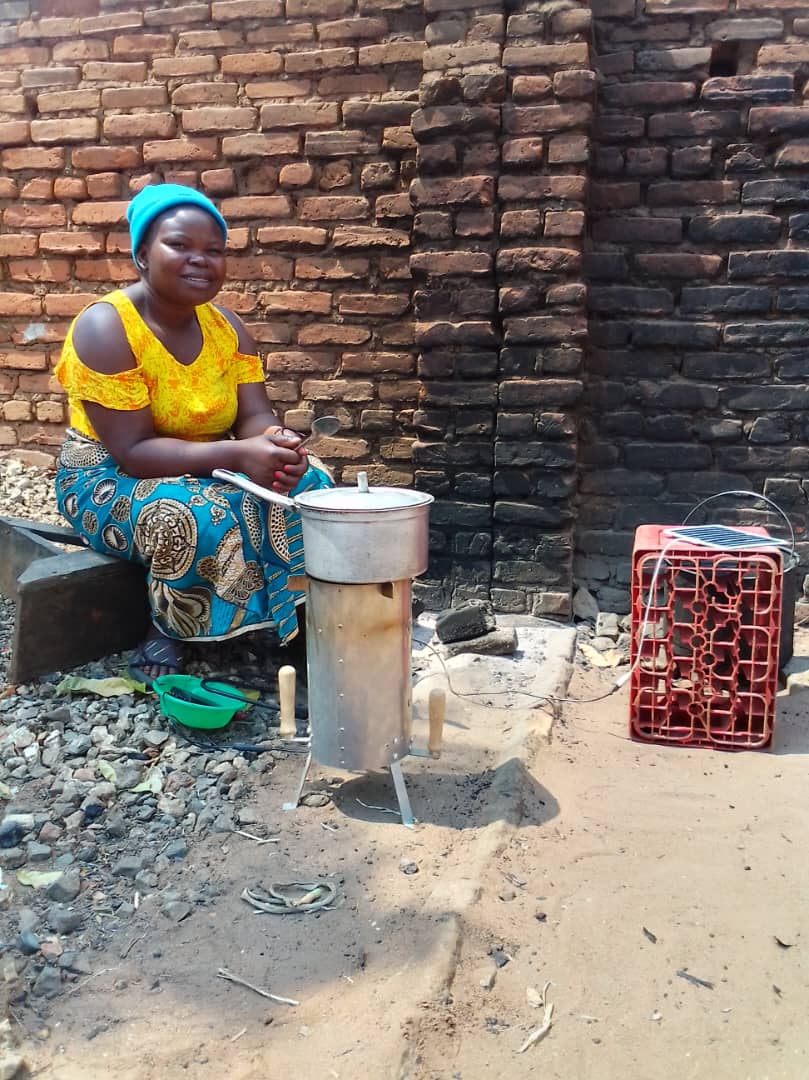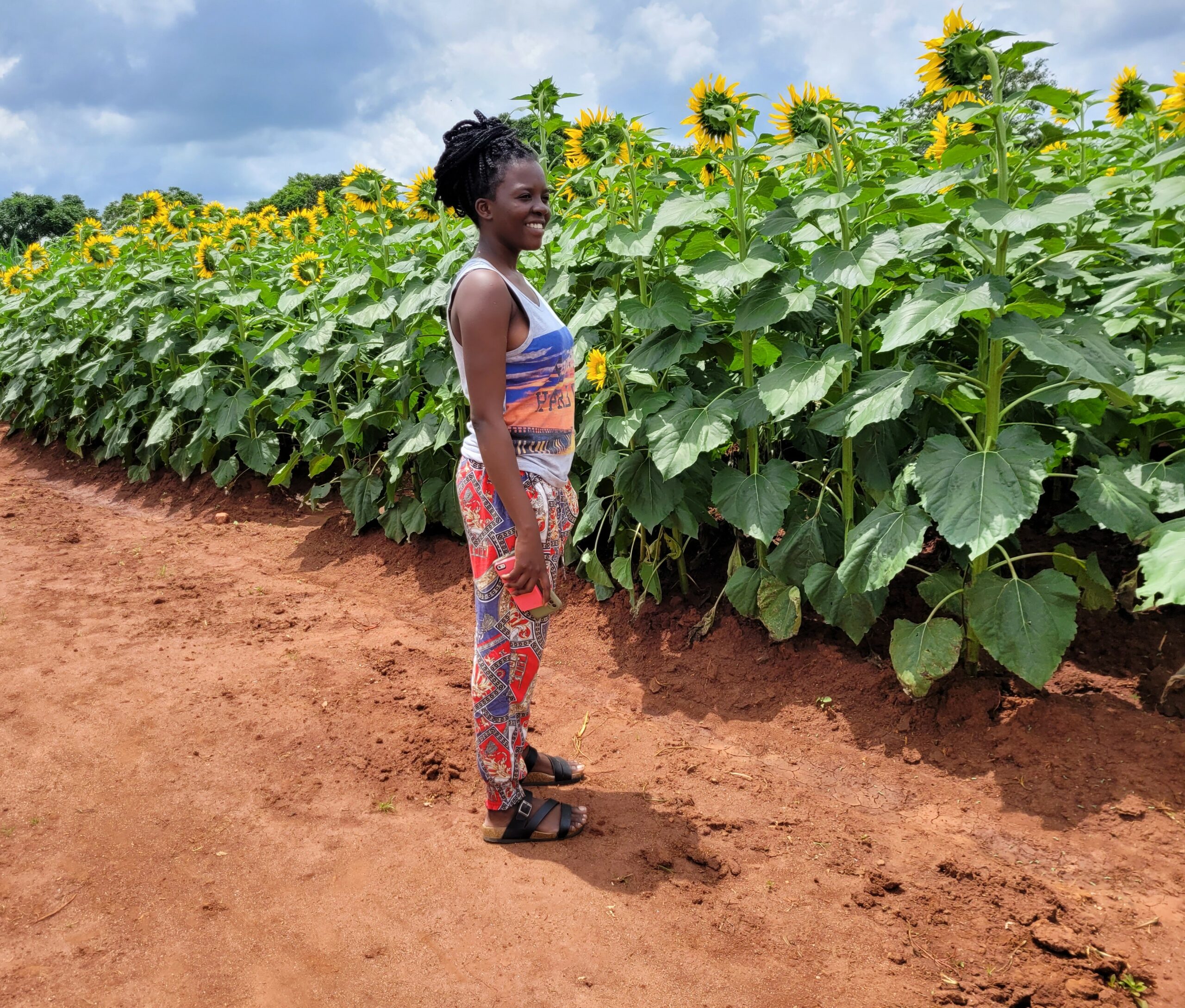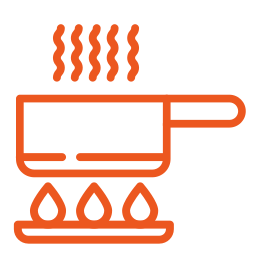Malawi Living Lab


Living lab description
The living lab in Malawi is located Waliranji community in Mchinji district, central Malawi. The living lab is developing a concept around healthier and more efficient cookstoves using biomass briquettes as fuel, not wood. The work is a cooperation between Going Green a Malawian female led social impact company, the Swedish company Make it Green and the research partner Research Institutes of Sweden (RISE).
The business concept is that Going Green in partnership with Make it Green is responsible for the manufacture and assembly of an improved cooking stove called the MIG Bio Cooker.
The target group are contracted farmers that Going Green buy sunflower seeds from to produce cooking oil. From the sunflower there will be biomass residues that can be used to produce fuel briquettes. The concept is relevant to the community since in rural areas traditional cooking methods are inefficient and polluting, contributing to poor health.
Living lab activities
- An improved prototype stove, the MIG BioCooker was developed and adapted to the selected region in Malawi and available biomass, not wood. • Example of available biomass is sunflower residues.
- A small-scale briquetting technology has been identified and tested with sunflower residues. Using briquettes makes the combustion more efficient since they burn longer. The briquettes are created by compacting these loose biomass residues into solid cubes that can replace, charcoal and natural firewood. • The sunflower briquettes have been analysed and tested in the cook stove.
- Emission measurement has been performed and fine tuning of the stove is ongoing to decrease emissions as CO and PM2,5. Sunflower residues is a challenging fuel with high ash content, and it takes time to ignite but the fan makes it easier and quicker than the normal expected time.
- The cook stove has been tested by women preparing a meal in 90 households.
Planned activities
- Build up a production line in Malawi by sending tools for assembling the stove.
- Evaluation and lesson learned of 20 stoves.
- Establish a supply chain for briquettes, currently there are no companies that sell briquettes in rural areas in Mchinji.
Description of the problem addressed
The main economic activity in Waliranji community is agriculture. Land cultivation requires extensive land clearing. This has led to massive depletion of natural forests reserves. Depletion of forests has been exacerbated by heavy reliance on charcoal and firewood as the main sources of cooking energy. The predominant cooking practices are cooking on three stone open fires. Firewood and other solid as plastics are placed between the stones. Smoke is produced and inhaled by those cooking. All these issues pose a threat to development of Malawi, environment, and health.
Living Lab objectives
1
Adapt and validate a cooking stove called MIG BioCooker to a commercial product, in order to be implemented in the selected region.
2
Develop a local fuel supply chain for cooking stoves by testing new biomass alternatives for the selected regions to reduce deforestation.
3
Develop a value chain for local entrepreneurs, supporting them in an acceleration process.

Technology being tested
The MIG BioCooker, adapted to the selected region in Malawi, is a solar-biomass hybrid cooking device designed to combust biomass fuels more efficiently and cleaner than traditional open fires or rudimentary stoves. The BioCooker utilizes a variety of feedstock from biomass to provide heat for cooking and produces biochar as a byproduct. The efficiency of the MiG BioCooker plus its ability to combust any dry solid biomass fuel reduces the need for unsustainably harvested wood fuel.
The MiG BioCooker has a built-in fan that improves the combustion. The fan is driven by a power bank, which in turn has been charged by a solar panel. The power bank as well as the solar panel can be mounted permanently on the cooking stove for easier handling. The power bank can also be used to recharge a mobile phone or for lighting.
To increase the efficiency fuel briquettes can be used. Sunflower production in the area gives biomass residues that can be briquetted and used as fuel. A suitable briquetting technology has been identified and tested with sunflower stalks. The technology has capacity of 10-25 kg/h and produce cubic-shaped briquettes that are of good size for a cooking stove (30 × 30 x 30 mm).
Number of assets

Cookstoves
20

Tools for assembling
1 set

Briquetting press
1 (Capacity 10-25 kg/h)

Biomass shredder
1


